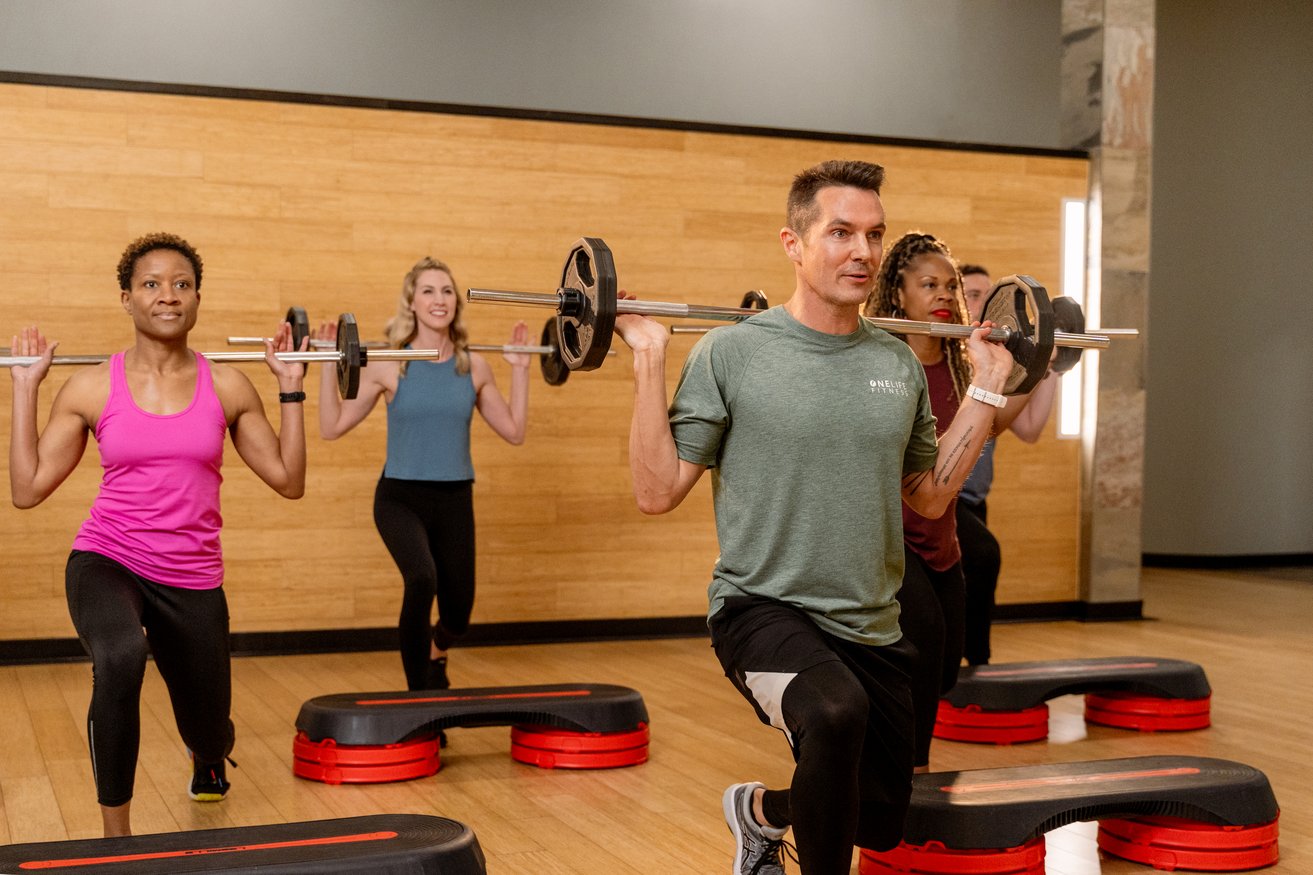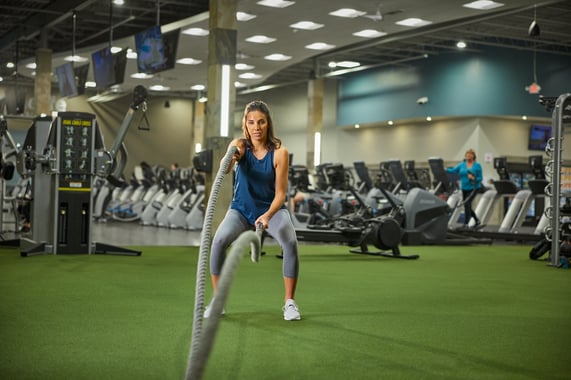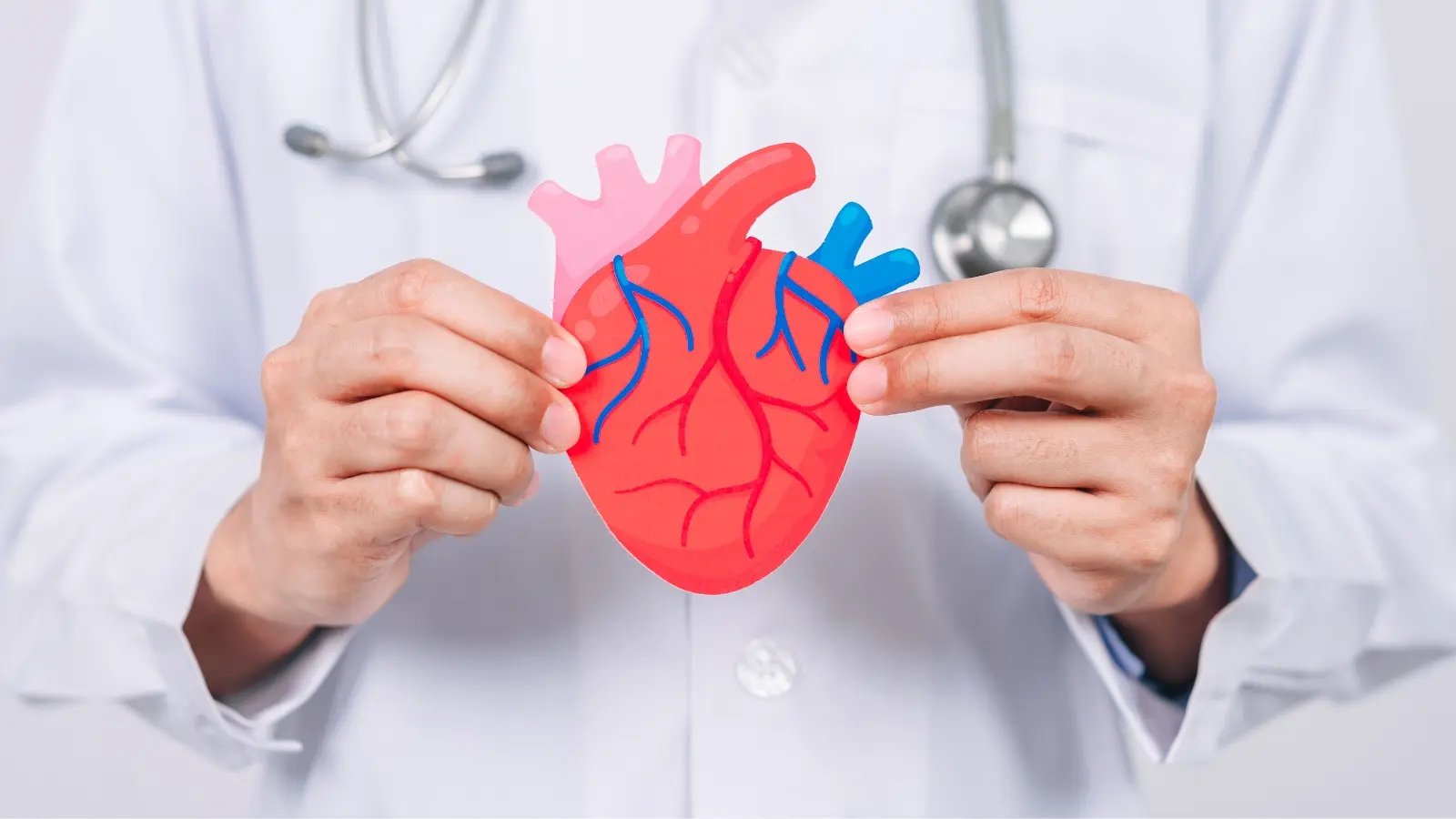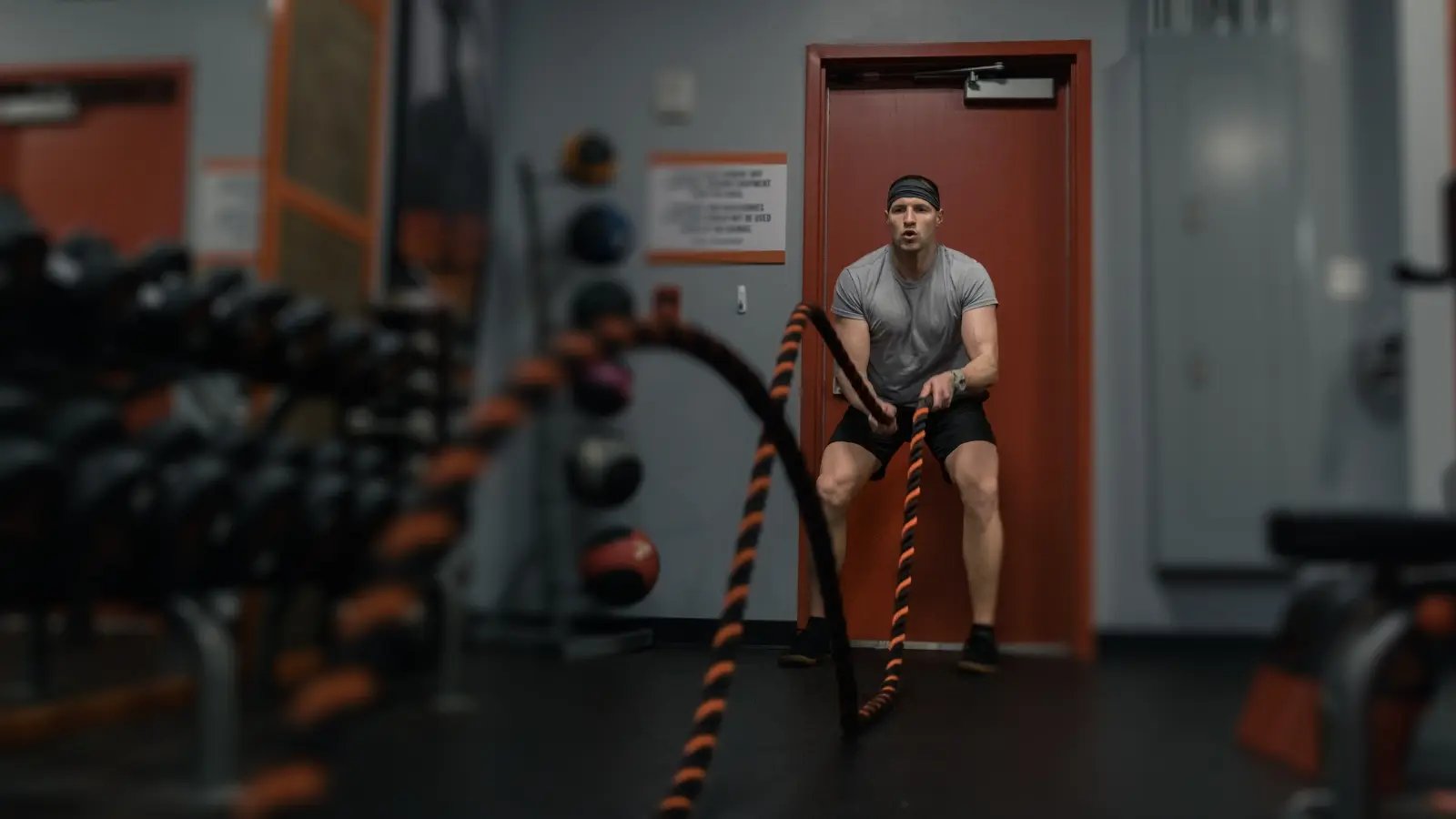Maximize Your Workouts With HIIT
Maximize Your Workouts With HIIT
Do you feel like you're hitting a wall with your gym and fitness routine? High-intensity interval Training (HIIT) is a game-changer for fat-burning and fitness.
We discuss how HIIT can turbocharge your workouts, making them efficient and powerful.
Ready to work out? Get your FREE PASS from Onelife Fitness today!
Key Takeaways
- HIIT is a workout that mixes intense bodyweight exercises with short rest periods. It's great for burning more calories in less time.
- Doing HIIT can make your heart healthier and help you lose fat while building muscle.
- To get the most out of HIIT, choose activities you like, start slowly, and increase how hard you work over time.
- Eating the right foods before working out and listening to your body are key to doing well in HIIT sessions.
What is High-Intensity Interval Training (HIIT)?

High-intensity interval Training (HIIT) involves short bursts of intense exercise followed by brief rest periods. Unlike steady-state cardio, HIIT pushes your body to its maximum capacity in shorter, more intense exercise sessions.
Definition and explanation

High-intensity interval Training, or HIIT, is a workout that alternates between tough bursts of activity and less intense recovery periods. You go all out in short spurts, like sprinting for 30 seconds, then walk or jog slowly to catch your breath before going hard again.
This mix keeps your body guessing and gives you a significant calorie burn in less time than other exercises. Studies find a HIIT workout boosts the "afterburn" effect more than steady workouts.
Afterburn means your body keeps burning calories long after you've finished exercising.
This exercise method also helps increase stamina because it lets the body get used to high exertion levels, followed by recovery times, preparing it for longer sessions without getting tired too quickly.
Before we move on to how HIIT differs from regular cardio workouts, knowing these basics sets the stage for understanding its unique benefits and why it might be the perfect addition to your cardiorespiratory fitness routine if you're after quick results.
How HIIT differs from steady-state cardio
HIIT stands out because it mixes short bursts of high effort with rest periods. This contrasts with steady-state cardio, which keeps a constant pace throughout.
This cycle repeats throughout the workout. Steady-state cardio involves jogging at the same speed without stopping or changing intensity.
With HIIT, you can complete your whole exercise program in less time than other workouts yet still achieve or surpass your fitness goals. Starting slowly with two to three intense intervals during your usual cardio routines can set the stage for a complete transition into HIIT sessions.
This method ensures your body gets used to quick changes in heart rate and exertion levels typical of high-intensity interval training without overdoing it.
Benefits of HIIT Workouts

HIIT workouts provide a time-efficient way to boost cardiovascular health, for weight loss, promote fat loss, and build lean muscle mass. They can also elevate post-exercise oxygen consumption, increasing calorie burn even after the workout.
Efficient use of time
We know you want to get the most out of every workout. That's where high-intensity interval training (HIIT) shines. It packs a big punch quickly and burns up to 15% more calories than regular exercises.
This means you can squeeze in a powerful session even on your busiest days.
HIIT isn't just about saving time but also about more intelligent training. By alternating short bursts of intense activity with brief rest periods, you keep your heart rate up and burn more fat and calories in less time than moderate-intensity workouts like jogging or cycling steadily.
This efficient use of time lets you reach your fitness goals quicker without spending hours each week exercising.
Improved cardiovascular health

High-intensity interval Training (HIIT) is a powerful tool for enhancing cardiovascular health. HIIT exercise can increase oxygen utilization and improve aerobic fitness, leading to better cholesterol and blood pressure levels.
It's an efficient way to boost overall heart health.
When performed consistently, this exercise burns calories during the workout and keeps burning them afterward due to excess post-exercise oxygen consumption (EPOC).
Increased fat loss and muscle building
HIIT workouts can maximize fat loss and muscle building. They trigger a high "afterburn" effect, continuing to burn calories for up to 24 hours post-exercise. This makes them efficient for those seeking weight loss and improved body composition.
Incorporating HIIT exercises into your fitness routine can help improve insulin sensitivity and lower blood pressure, making them a practical addition to any workout plan.
Start slow and gradually increase intensity as you progress through longer intervals in your workout routine and plan.
Tips for Maximizing Your HIIT Workout Routine

Enhance your HIIT workouts by starting slow and gradually increasing intensity. Enjoy your exercise mode to maximize motivation and keep going. Listen to your body and fuel up properly for peak performance.
Start slow and gradually increase the intensity.
Slowly ease your body into the high-intensity interval training (HIIT) routine. This helps prevent injury and overtraining, giving your muscles time to adapt. As you progress, gradually increase the intensity and duration of your HIIT sessions.
Doing so allows for better performance while minimizing the risk of strain or fatigue.
Choose an exercise mode you enjoy
When performing HIIT, it is essential to select an exercise mode that you find enjoyable and can sustain high exertion levels for brief periods. This could include cycling, running, swimming, dancing, or any other physical activity that keeps you engaged and motivated.
By choosing a mode of exercise you genuinely enjoy, you're more likely to stay consistent with your HIIT workouts and derive greater satisfaction from your fitness routine.
Fuel up properly and listen to your body.
It is crucial to fuel up properly before embarking on a HIIT workout. A pre-workout meal should include fast-digesting proteins and carbohydrates while minimizing fats. Listen to your body during the workout and avoid pushing through fatigue, as rest days are necessary for recovery.
Conclusion

In conclusion, HIIT is a powerful way to optimize your workouts and boost your heart rate and overall fitness. By incorporating high-intensity intervals into your exercise routine, you can maximize calorie burning and improve cardiovascular health efficiently.
Remember to start slow, pick exercises you enjoy, and pay attention to proper fueling and rest for the best results. With its ability to enhance aerobic fitness levels and promote an afterburn effect that continues to burn calories for more than two hours after exercising, HIIT offers a promising approach to effectively achieving your fitness goals.
1. What is HIIT?
HIIT, or high-intensity interval training, mixes short bursts of high-intensity exercise with low-intensity recovery periods to maximize workouts and burn fat.
2. How does HIIT help burn more calories with moderate-intensity continuous training?
During HIIT, your body works hard in a few minutes of high-intensity intervals, leading to more calories burned through excess post-exercise oxygen consumption compared to moderate-intensity continuous training.
3. Can I build muscle with HIIT?
Besides burning body fat, HIIT incorporates exercises like squat jumps and resistance training that help build lean muscle mass by using body weight and other forms of stress on muscles.
4. Is HIIT suitable for everyone?
HIIT is versatile and can be adjusted for any fitness level, from beginners to advanced athletes; however, it's crucial to consider pre-workout meals and ensure your body gets essential amino acids for recovery.
5. How often should I perform HIIT for optimal results?
Incorporating high-intensity workouts into your exercise program 2-3 times a week allows adequate recovery time while improving cardiovascular fitness, body weight, and effective body fat reduction.
Join Onelife Fitness or get a FREE PASS and all our gym classes across GA, MD, VA, DC, and WV. We look forward to helping you on your health and fitness journey!